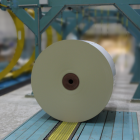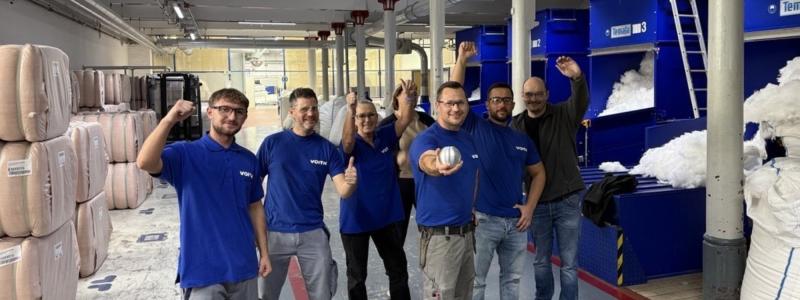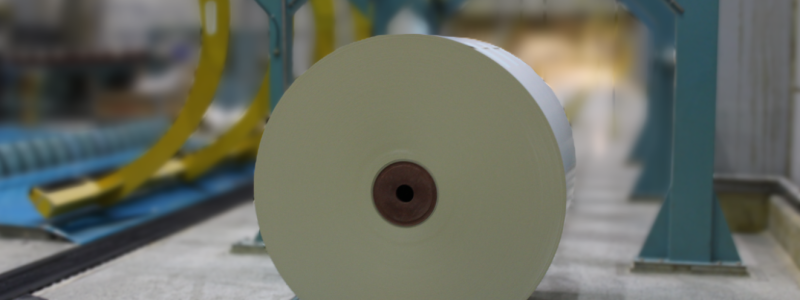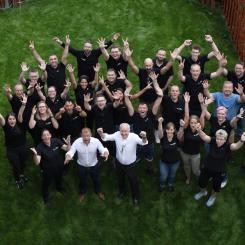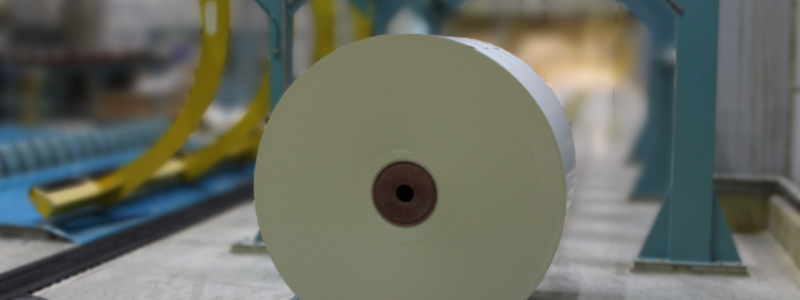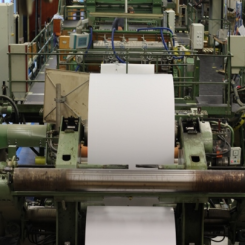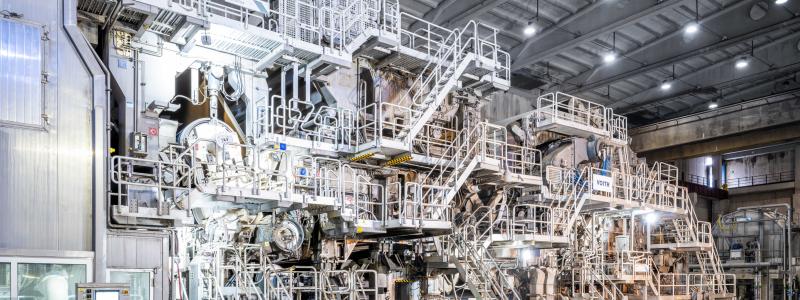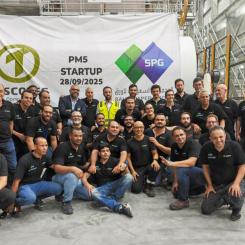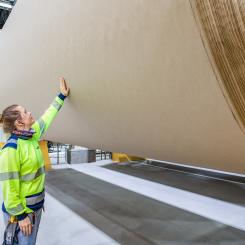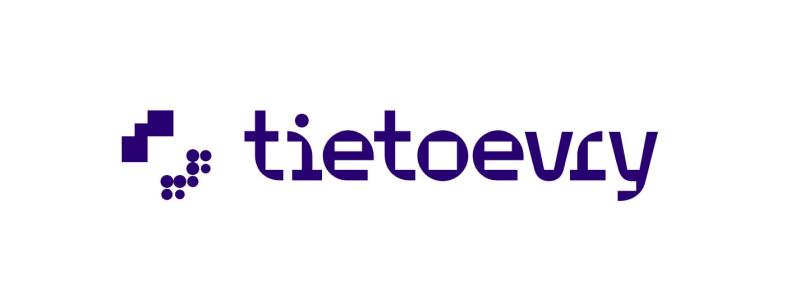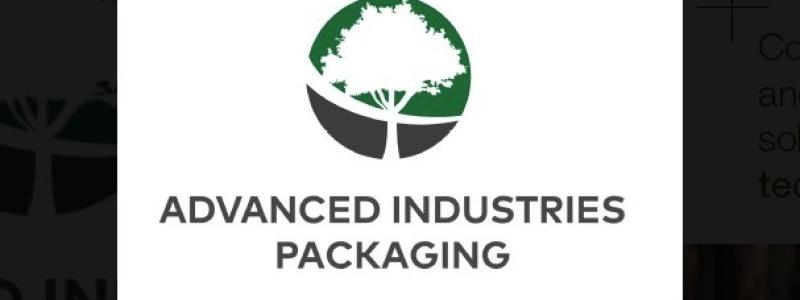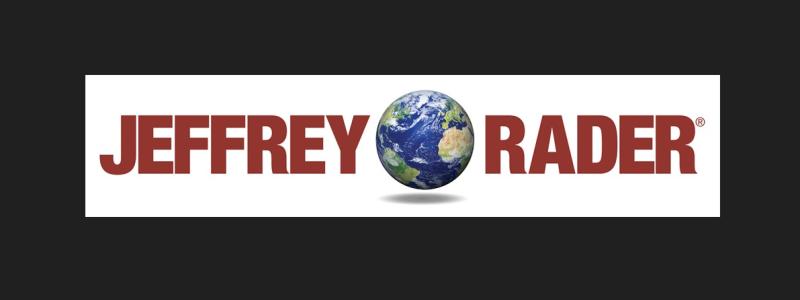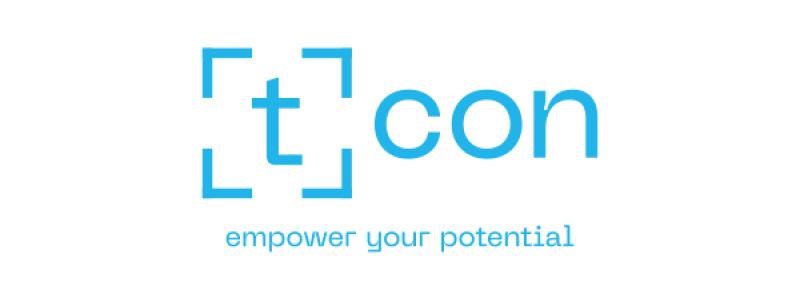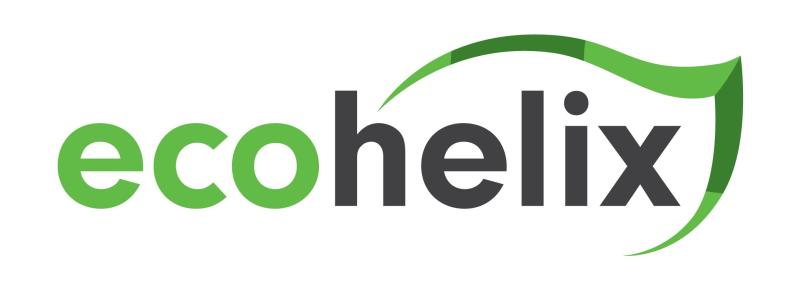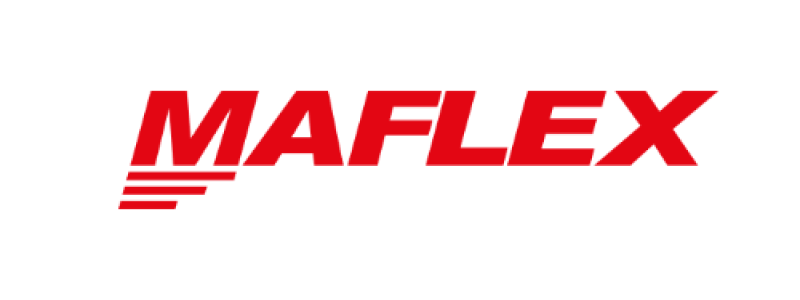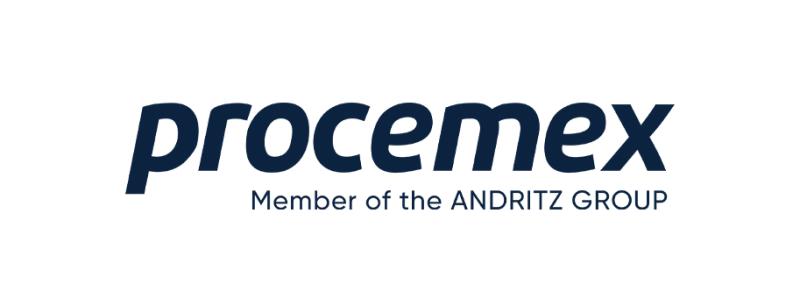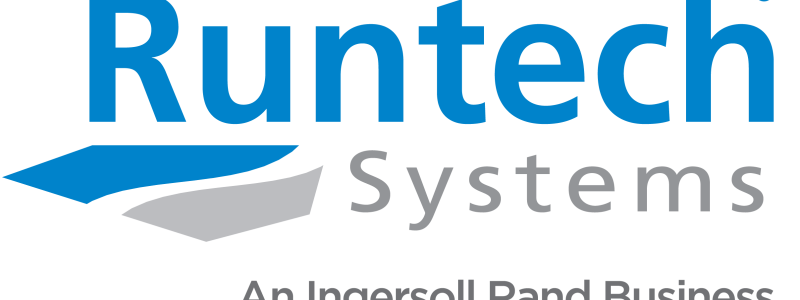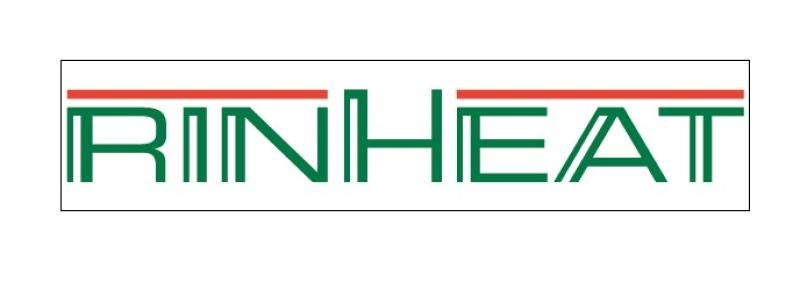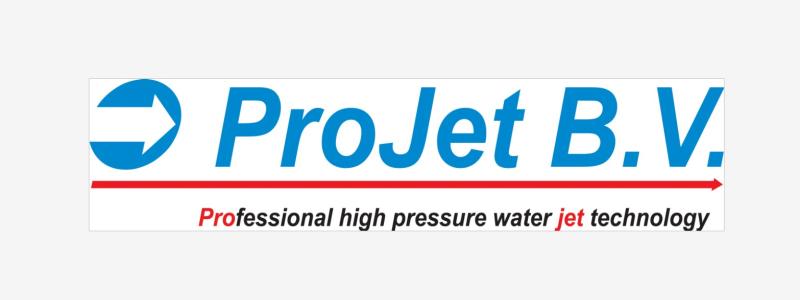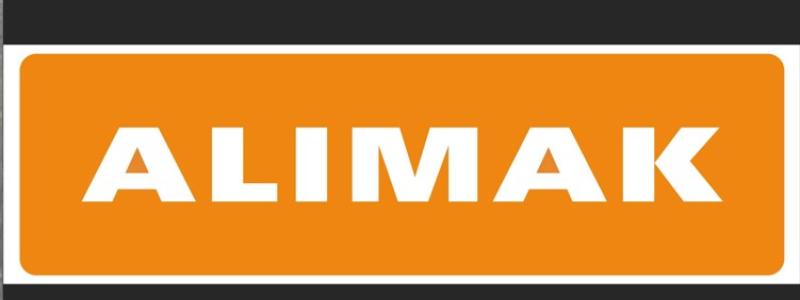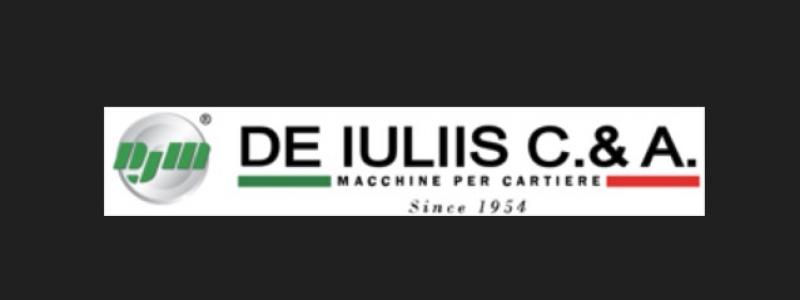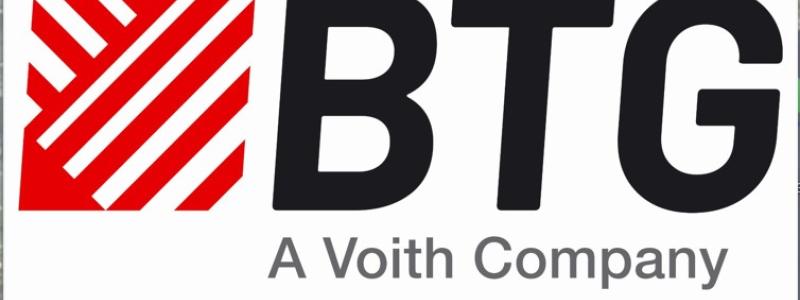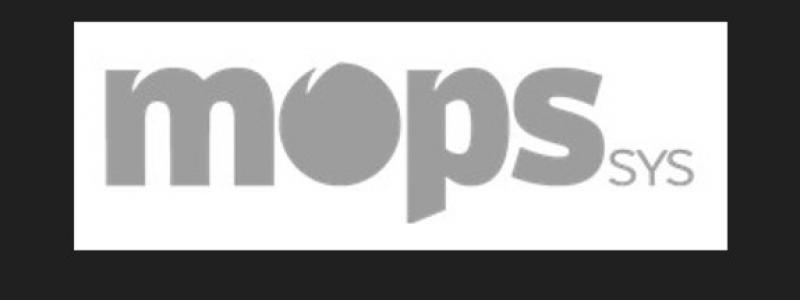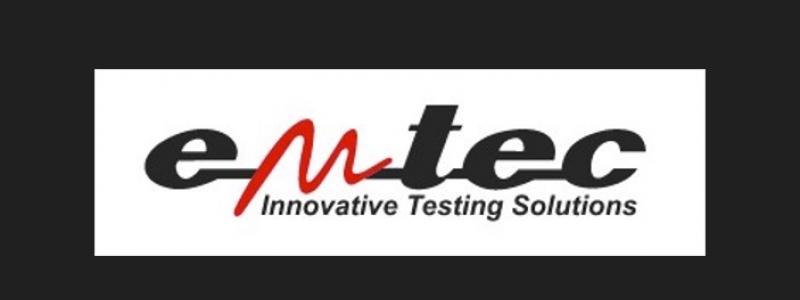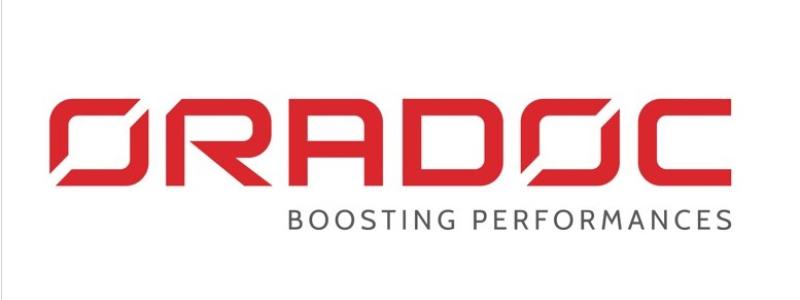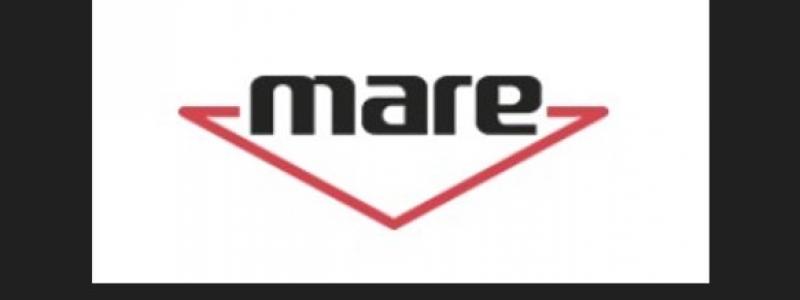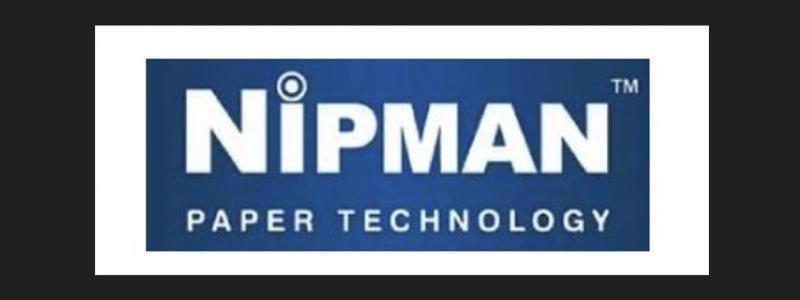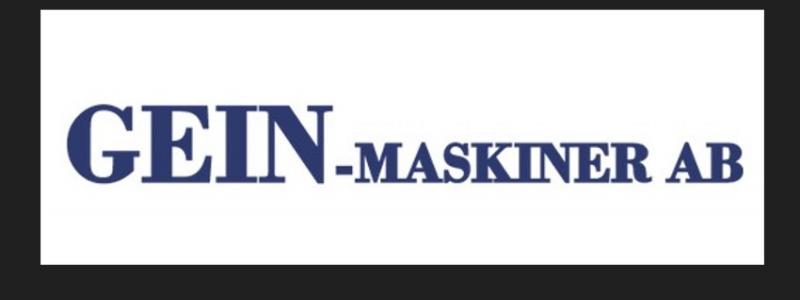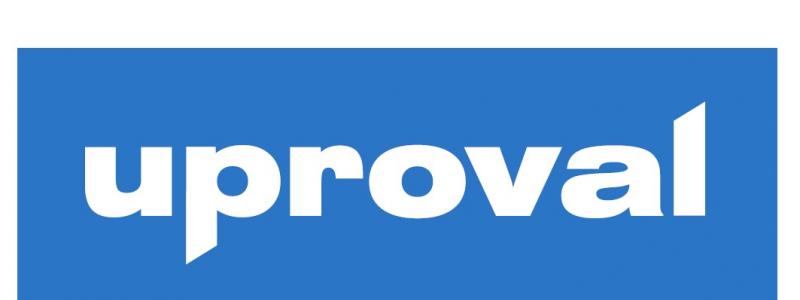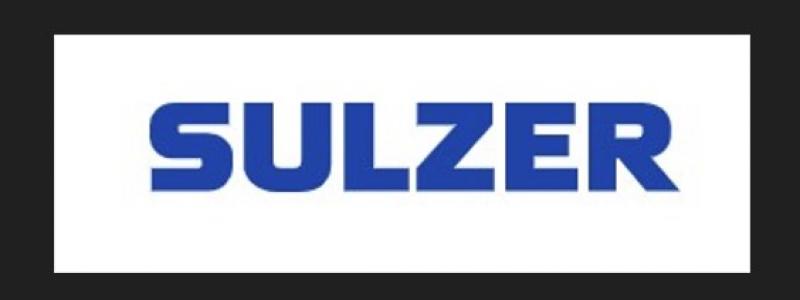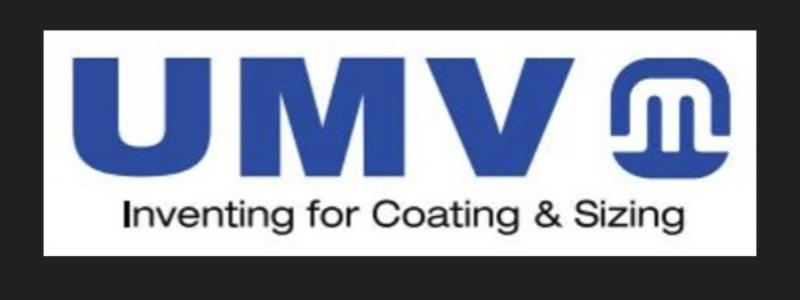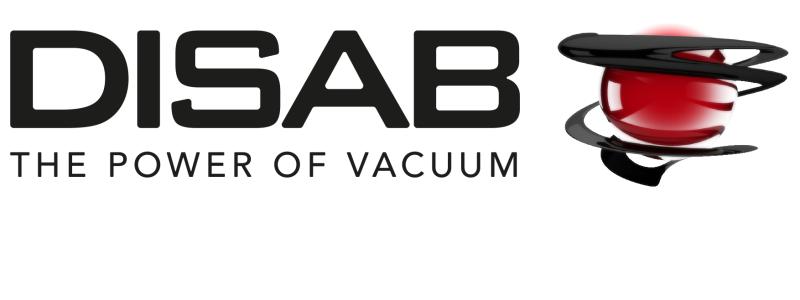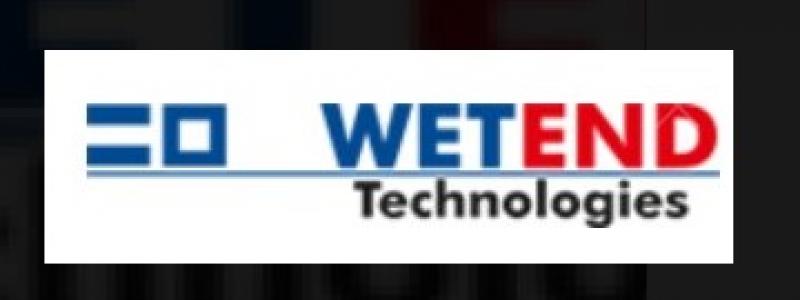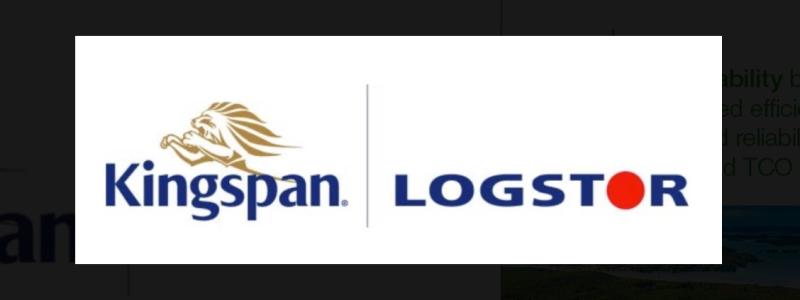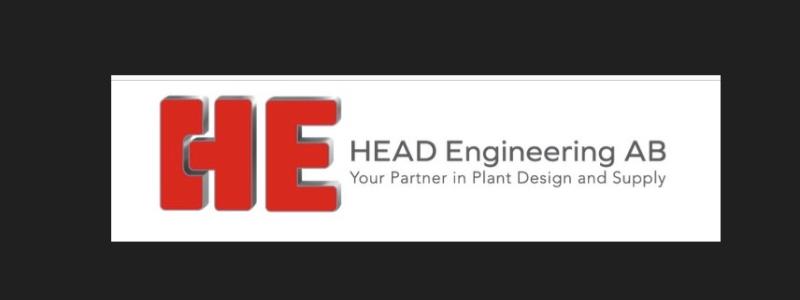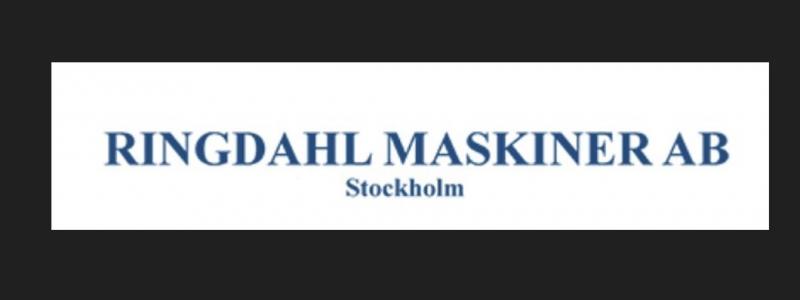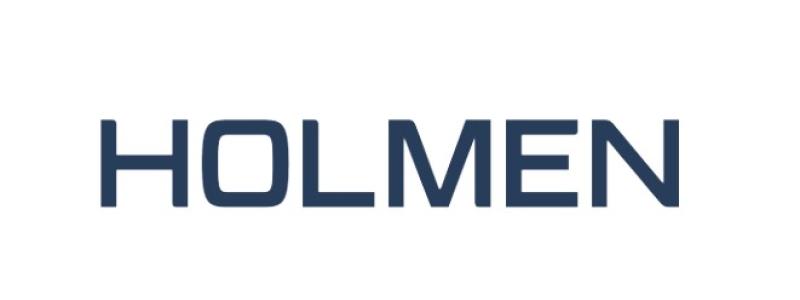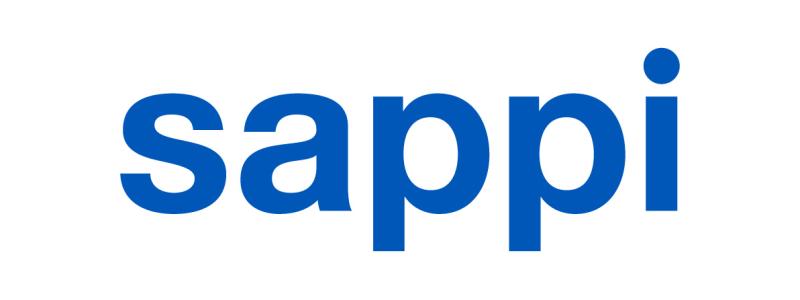
Producers of corrugated board face many pressures. Smart digitalization might ease some of them. With the right tools being seamlessly integrated into the IT system, it becomes feasible to meet customers‘ needs even during challenging times.
NAVIGATING INDUSTRY PRESSURES
It is a challenging time to work in the corrugated business. The containerboard sector reached record production in 2021, according to the American Forest & Paper Association (AF&PA). Total containerboard production increased 5.6 percent compared to 2020. But at the same time Association of European Coreboard producers (ECBA) issued a warning as well: Despite the positive market development, the revenue situation of many ECBA members has reached proportions that could threaten the industry's existence.
Germanys Verband der Wellpappen-Industrie e. V. (VDW) paints a similar picture. Even before the outbreak of Ukraine war, the market situation had been tense and the cost pressure had been higher than ever for months. The corrugated board industry itself, but also the supplying manufacturers of corrugated base paper, are significantly dependent on natural gas as an energy source. Already some paper mills are closing temporarily due to gas prices getting out of hand. Electricity prices are exploding as well. The price for a megawatt hour on the Dutch TTF exchange on March 7 temporarily moved towards 350 euros. In March 2021 the end-of-day value had always remained below 20 euros per megawatt hour.
Already skyrocketing raw material prices are put massive pressure on the corrugated board industry as well. The overall price level for corrugated base paper rose by 66.1 % from September 2020 to December 2021, according to the VDW. Consulting company Fisher International reports that over the course of 2021, raw material prices for the production of corrugated packaging rose steadily – reaching $910 a ton for linerboard and $791 a ton for corrugated medium. This amounts to a 26 % and 32 % increase respectively compared to Q/4 2020.
The COVID-19 omicron wave posed additional challenges for the corrugated board industry: the logistics sector is facing a significant shortage of truck drivers. Freight space is becoming scarcer. The corrugated board manufacturers themselves are also affected by a decimated workforce due to quarantine and sick leave. Additionally, they are expected to produce in a more sustainable manner to meet customers’ expectations.
The question currently keeping manufacturers of corrugated board awake at night is not whether orders will continue to come in; it’s whether they can continue to deliver – and whether production is financially. Many enterprises are discovering that their organization is no longer equipped to achieve their targeted results while becoming more sustainable at the same time.
Most producers of corrugated goods have started to increase their prices accordingly. But the customers willingness – and ability – to pay more is limited.
RESILIENCE THROUGH DIGITALIZATION
Now, how can companies cope? Alfred Becker, Global Lead, Product Management for Forest Products, Paper & Packaging industries at SAP SE, suggests an increase of digitalization activities to tackle todays volatile market situations, saying: “Increasing transparency with suitable data-driven technology enables organizations to become more agile, more flexible and, indeed, more resilient.”
One promising approach to building resilience in corrugated industry enterprises is to develop fully integrated IT systems. Areas where data is hidden in manual processes or isolated digital solutions are particularly vulnerable to volatility and crises, since much of the knowledge associated with those processes is not documented for general access – e.g. unstructured files stored on an individual machine, or even only in the heads of a small number of specialists. Examples might include the addresses of suppliers with a poor response rate, or special conditions known only by one procurer, recipes for certain products or the number of essential materials in stock. Any organization that only has isolated IT solutions, or even purely paper-based processes, will find it impossible to enact efficient, secure information assembly and exchange, to effectively monitor workflows, or to address cost, quality or sustainability issues in a timely fashion.
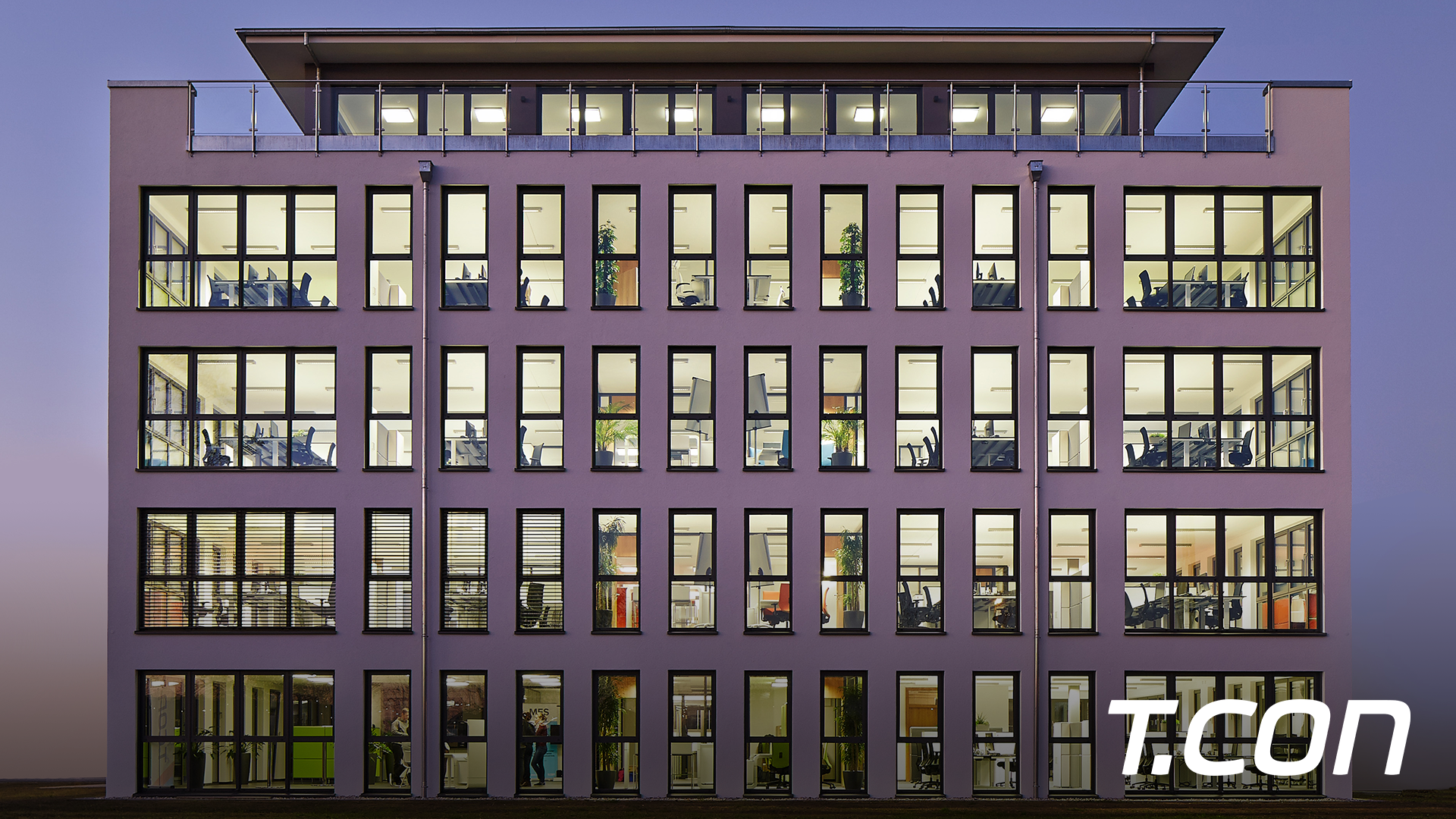
Since it’s not enough just to digitalize some parts of the enterprise like the administration and billing/payment departments, production also needs to become transparent. A key building block is a Manufacturing Execution System (MES), which can. provide information about the status of production orders. The MES is the data hub linking platform data from the shop floor with data from the enterprise resource planning system, ideally fully integrated into the other components of the company’s IT. This enables a centralized view of all data relating to the manufacturing process and detailed analyses of the data at any time. Now it becomes transparent which production step consumes a lot of energy and which processes or procedures are “greener” than others. Companies than can optimize their processes accordingly.
Another use of a modern MES is the recording data associated with maintenance tasks. This is helpful in times like these as well. A spare parts inventory can be maintained in parallel with consumption posting for maintenance orders. Doing so yields high potential for cost savings and reduces working capital. As well, they provide an ability to quantify and evaluate the risk that production will halt due to a lack of basic wear parts. It is then possible to counter the risk appropriately by proactively purcha-sing additional stocks of important parts to keep on hand locally, as a safeguard against changing circumstances in which rapid delivery cannot be guaranteed.
More benefits can be reaped by the digitalization of the processes in the areas of quality assurance and quality control – especially since the corrugated industry is moving towards a more sustainable production, and cardboard is set to replace other raw materials in packaging production. According to Industrial Physics, a global testing and inspection company for packaging, products and materials, nearly three-quarters of the 225 packaging companies surveyed (71%) report that they experience the quality control processes for environmentally sustainable packaging materials as “significantly more difficult” or “somewhat more difficult.” Nearly half of these companies (49%) state that meeting testing standards as one of the biggest challenges they face in the wider adoption of environmentally sustainable packaging materials.
By integrating digital tools like an MES into production processes, quality inspections can be triggered on an event basis and production data can be linked to quality data. Deviations in quality can be analyzed and traced back to changed production parameters. This ensures the traceability of every batch produced – and it decreases the amount of goods that have to be produced again because of quality issues. This increases the efficiency and sustainability of a companies’ production.
OPTIMIZING PRODUCTION PLANNING
Digital integration can also help address issues such as efficiency and sustainability on another level: Production planning. Its data can be used to optimize scheduling or trim processes. Planning and optimization tools calculate in advance which boards are to be produced where and when and specify how the board will be trimmed in order to generate the required end products. A trim optimization tool like TRIM SUITE even takes into account the stocks of the respective layers of
corrugated board during planning. The software also helps to reduce machine set-up times, and the need to reconfigure machines – but nowadays mostly in paper and foil production. Its functionality now is enhanced to tackle especially challenges associated with the production of cardboard – taking into account that corrugated material will typically contain three or more layers of paper, each of different grade, thickness, length and grammage.
Integration of software components like TRIM SUITE into an integrated IT landscape is vital because the number of business-critical tools and applications is growing. A patchwork of application often makes it impossible to leverage process improvements. A lack of integration drives maintenance costs and reduces the budget available for digital innovations that drive value creation. And if a company plans to grow fast – as many corrugated companies and other packaging companies do nowadays –the patchwork legacy IT systems often slow things down since they are hard to roll out to new plants or business units.
COLLABORATIVE SOLUTIONS FOR SPECIALIZED NEEDS
But not only the producers have to evolve and to increase their level of digitalization. Software and consulting companies have to adapt to new demands as well if they want to support corrugated companies efficiently. Their business demands highly specialized solutions for their business functions, but at the same time all parts of the IT landscape must form fully integrated, seamless puzzle, not a patchwork. This is, on a technical level, not an easy task. That’s why some IT players pool their expertise so they can offer wholistic solutions that support specialized business processes.
For example, SAP Gold Partner T.CON GmbH & Co. KG, which has a focus on integrated end-to-end processes in manufacturing companies’, and Aicomp Group, a leading provider of ERP solutions in the packaging industry, are now advancing their successful collaboration through a sales and implementation partnership. Their goal is to offer a solution that is already integrated in the SAP product configuration, promising their customers fast turnaround time for quotation requests, improve efficiencies, and optimize production for waste reduction. It sounds like a perfect match for the digitalization of the corrugated and the packaging business in challenging times.
Learn more about T.CON’s corrugated expertise: SAP Software for Corrugated Manufacturing | T.CON (tcon-international.com) or feel free to reach out to us via info@tcon-international.com.
This article was first published in the May/June 2022 issue of Paper360°.


